
3 Incredible Ways AI is Helping People with Disabilities in 2021
On March 12, 2021 by Morthe StandardBy now we have all used AI-powered voice assistants like Alexa and Google Assistant. These already-seasoned technologies are growing smarter with each update and are becoming more capable. From calling an Uber to checking the weather outside, they can get a lot done for people who know how to use them.
Now, imagine someone with visual impairments getting access to tools like these. An AI assistant that can literally get things done for them.
While this example does a good job of explaining how AI is transforming the lives of people with disabilities, it barely scratches the surface of all the AI-enabled innovations out there that are doing similarly incredible things.
The following are 3 of the most promising ones that you probably didn’t know about.
Table of Contents
Technology that Converts Facial Expressions to Text or Voice
For someone with a speech disability being part of a social group can be extremely challenging. Existing technologies such as on-screen keyboards need users to type individual letters using their eye movement. This process is slow and often the moment is lost when interacting in a group situation. Project Euphonia is part of the Google Research initiative that’s aiming to overcome this hurdle. One of the technologies it’s working on involves using machine learning to map different facial expressions to different words. Therefore, sounds of words such as “Yes”, “No”, “Boo”, “Yaay” is played out loud whenever a recognized facial expression is detected.
While the word choices are still limited, speech-impaired individuals can use the technology to quickly react to a conversation.
AI Technology That’s Making Websites Accessible Instantly!
One of the major hurdles of making websites accessible to people with disabilities is that it usually took a lot of web development time and effort to transform each website.
What that meant was website owners saw little benefit in transforming their websites to make them compliant with the latest web accessibility guidelines such as the WCAG2.1. Apart from the cost, the website downtime required to make such a transformation was also a key demotivating factor.
All this has now changed, thanks to AI. Technologies such as the one developed by accessiBe can scan any website and fix the accessibility challenges almost instantly.
It scans the websites to understand all the elements in the website and then it starts making modifications. For example, it scans images and adds descriptive alt texts that make them compatible with screen readers used by visually impaired users.
The technology is not just reserved for the visually impaired. It creates a layer on top of the existing website to provide an accessibility interface for people with various kinds of disabilities. People prone to epileptic seizures can click a button and disable all the flashing elements on the website and thus be safe while browsing it. Roni from the accessiBe team explains how the technology works in a short YouTube video.
The major advantage of an AI-powered solution to make websites compatible with ADA and WCAG guidelines is that it’s fast and affordable. This, in turn, will ensure more and more website owners take that step to make their websites accessible.
Independent Living Made Possible with IoT
For people suffering from mobility issues performing everyday tasks such as cooking and cleaning can be immensely challenging. Many of these individuals still rely on caregivers to navigate through their day.
Smart homes powered by AI voice recognition that helps people to connect with IoTs is now making independent living possible for individuals with disabilities.
Things like turning the lights on or off are just the starting point of what can be achieved. People with disabilities can use this technology to change the thermostat settings, turn the stove on or off, control their televisions, ask their smart Roomba devices to clean, and much more.
Smart homes also offer much in the way of safety. Devices can be set up to monitor the perimeter and alert the occupants if there is an intruder. Smart wearables can also alert emergency services automatically following a health crisis. Safety systems such as fire alarms and smoke detectors can also be set up to send notifications to smartphones to help people who are hard of hearing.
As the number of IoTs such as smart smoke detectors, door monitors, sprinkler systems, and others becomes more common, advances in AI technology can help users to communicate with them all in a seamless manner.
Artificial intelligence made a lot of promises when it first came into the scene which resulted in a fair bit of skepticism. Some were even worried about how the “machines are going to rise” and become our supreme overlords.
With AI solving some of the most fundamental problems for people who need it the most, it’s definitely headed in the right direction.
You may also like
Recent Posts
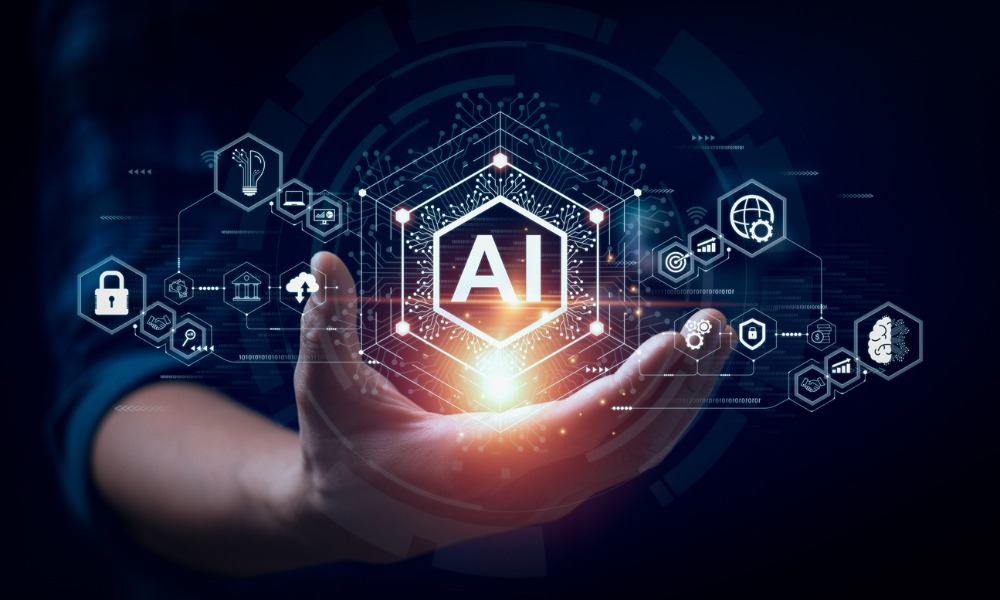 Unleashing AI Power for Small Business Marketing Success
Unleashing AI Power for Small Business Marketing Success Pourquoi Choisir Une Structure En Acier Pour Vos Projets En Afrique ?
Pourquoi Choisir Une Structure En Acier Pour Vos Projets En Afrique ? Top IPTV France Providers: Finding the Best Service for You
Top IPTV France Providers: Finding the Best Service for You The Importance of Innovation Management in Business Success
The Importance of Innovation Management in Business Success How to Measure Lab Diamond Ring Size
How to Measure Lab Diamond Ring Size Web hosting plan: pro and cons of shared hosting and VPS hosting
Web hosting plan: pro and cons of shared hosting and VPS hosting White Sapphire vs. Diamond: The Ultimate Comparison
White Sapphire vs. Diamond: The Ultimate Comparison How Pawnbroking Works: A Step-by-Step Guide to Pawn Loans
How Pawnbroking Works: A Step-by-Step Guide to Pawn Loans GH Express LLC: Your Strategic Partner for Business Success in the U.S.
GH Express LLC: Your Strategic Partner for Business Success in the U.S.Novita Diamonds Shines a Light on Women’s Empowerment with Dress for Success Partnership
Buying Ethereum Down Under: Your Guide to Purchasing ETH in Australia
 Exploring the Brilliance of Lab-Grown Diamonds: Understanding the 4Cs
Exploring the Brilliance of Lab-Grown Diamonds: Understanding the 4Cs Lab Diamonds: The Top Choice for Ethical, Affordable, and Sustainable Brilliance
Lab Diamonds: The Top Choice for Ethical, Affordable, and Sustainable Brilliance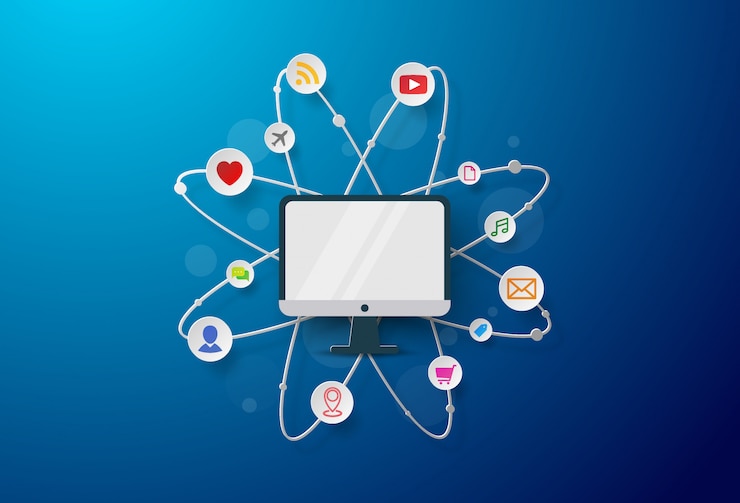 SEO Backlink Services and Template Customization by a Pennsylvania SEO Expert
SEO Backlink Services and Template Customization by a Pennsylvania SEO Expert The Sparkle of Sustainability: Lab Grown Diamonds Adelaide
The Sparkle of Sustainability: Lab Grown Diamonds Adelaide
Popular Posts
 Leveraging User Forums and Communities: Online iPhone Selling
Leveraging User Forums and Communities: Online iPhone Selling Why You Should Be Adding Content to Google My Business
Why You Should Be Adding Content to Google My Business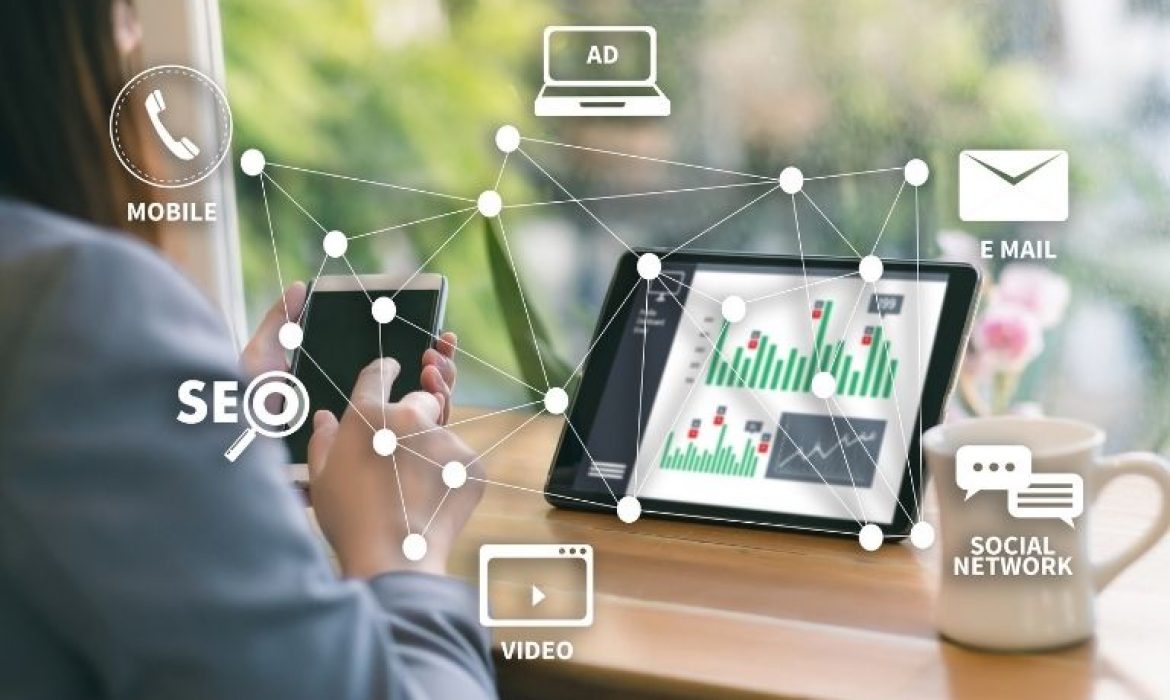 360-Degree Digital Marketing Services: What’s included?
360-Degree Digital Marketing Services: What’s included? What are the Different Types of Marketing?
What are the Different Types of Marketing? 5 Tips for Sharing Files and Information Online
5 Tips for Sharing Files and Information Online 6 Major Factors To Consider Before You Hire Marketing Agencies Auckland
6 Major Factors To Consider Before You Hire Marketing Agencies Auckland First-Time Buyer’s Guide to Industrial Sewing Machines
First-Time Buyer’s Guide to Industrial Sewing Machines Benefits of Hiring a Full Time SEO Specialist
Benefits of Hiring a Full Time SEO Specialist Tips For Effective And Appealing Web Design
Tips For Effective And Appealing Web Design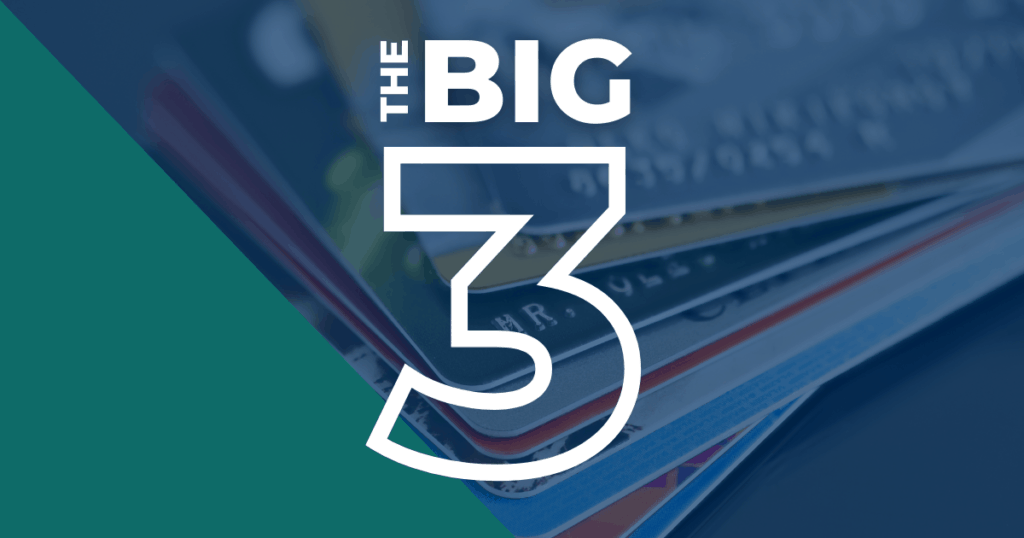 3 Biggest Strategies That Can Help You Scale Up Your Company
3 Biggest Strategies That Can Help You Scale Up Your Company Using An SEO Consultant To Amp Up Your SEO Strategy During COVID-19
Using An SEO Consultant To Amp Up Your SEO Strategy During COVID-19- What Is The Essence Of Enterprise Resource Management Systems
How To Make Your Air Conditioning Business Ready For Google?
 Why Should You Add Comments To Your Blog?
Why Should You Add Comments To Your Blog?) 3 Reasons Why Forecasting Sales Is Important For Businesses
3 Reasons Why Forecasting Sales Is Important For Businesses
Most Viewed Posts
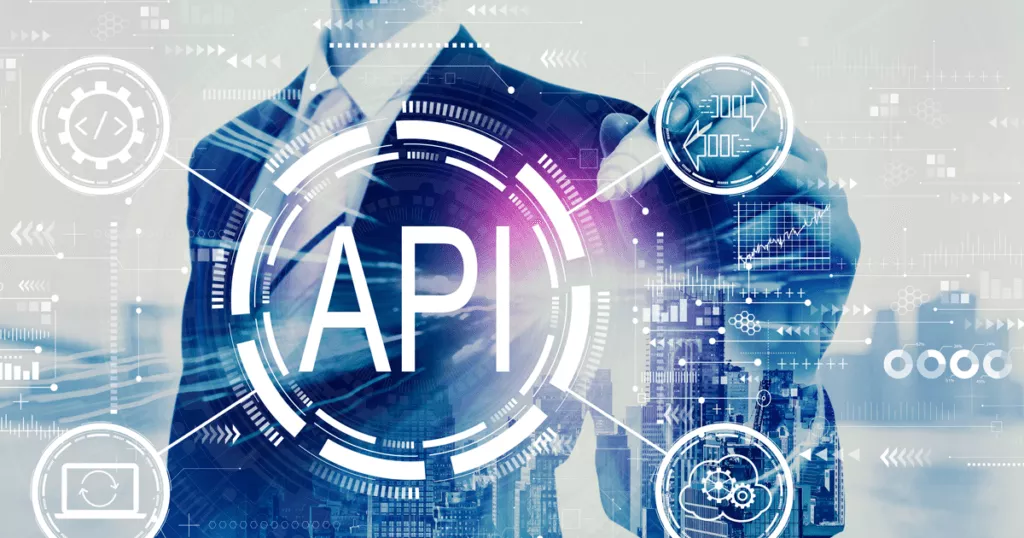 API Integration Best Practices: Ensuring Secure and Scalable Solutions
API Integration Best Practices: Ensuring Secure and Scalable Solutions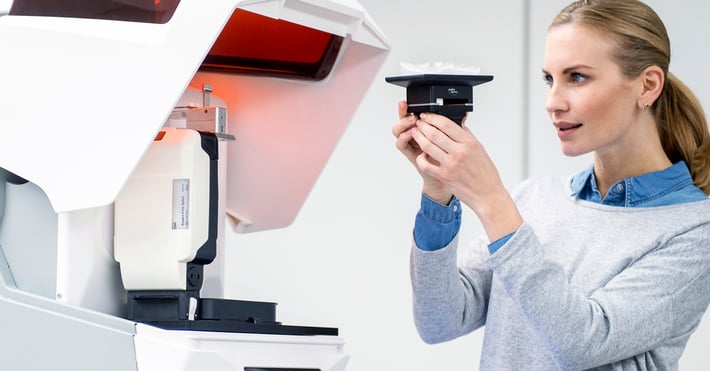 On The Whole Learning Elaborating Open Source API Tools
On The Whole Learning Elaborating Open Source API Tools Eliminate Annoyance By Fixing These Google Drive Problems
Eliminate Annoyance By Fixing These Google Drive Problems Reasons To Kick-Start Node JS Centric Product Development With Full-Swing
Reasons To Kick-Start Node JS Centric Product Development With Full-Swing Reasons Why It Is Important to Select the Best Online Education Platform for a Programming Assignment
Reasons Why It Is Important to Select the Best Online Education Platform for a Programming Assignment 6 Benefits of Using a Good Website Builder
6 Benefits of Using a Good Website Builder Techinques To Take Services For App Developers
Techinques To Take Services For App Developers- Four compelling reasons why the cloud makes it easy is the ideal IoT application
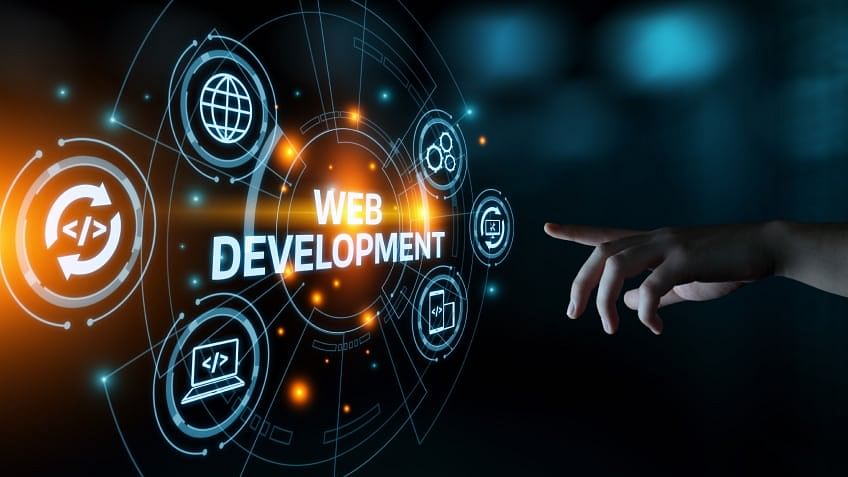 A Guide To Hiring The Best Web Development Company
A Guide To Hiring The Best Web Development CompanyThe Best Tools For Mobile-First Indexing Strategy Development
